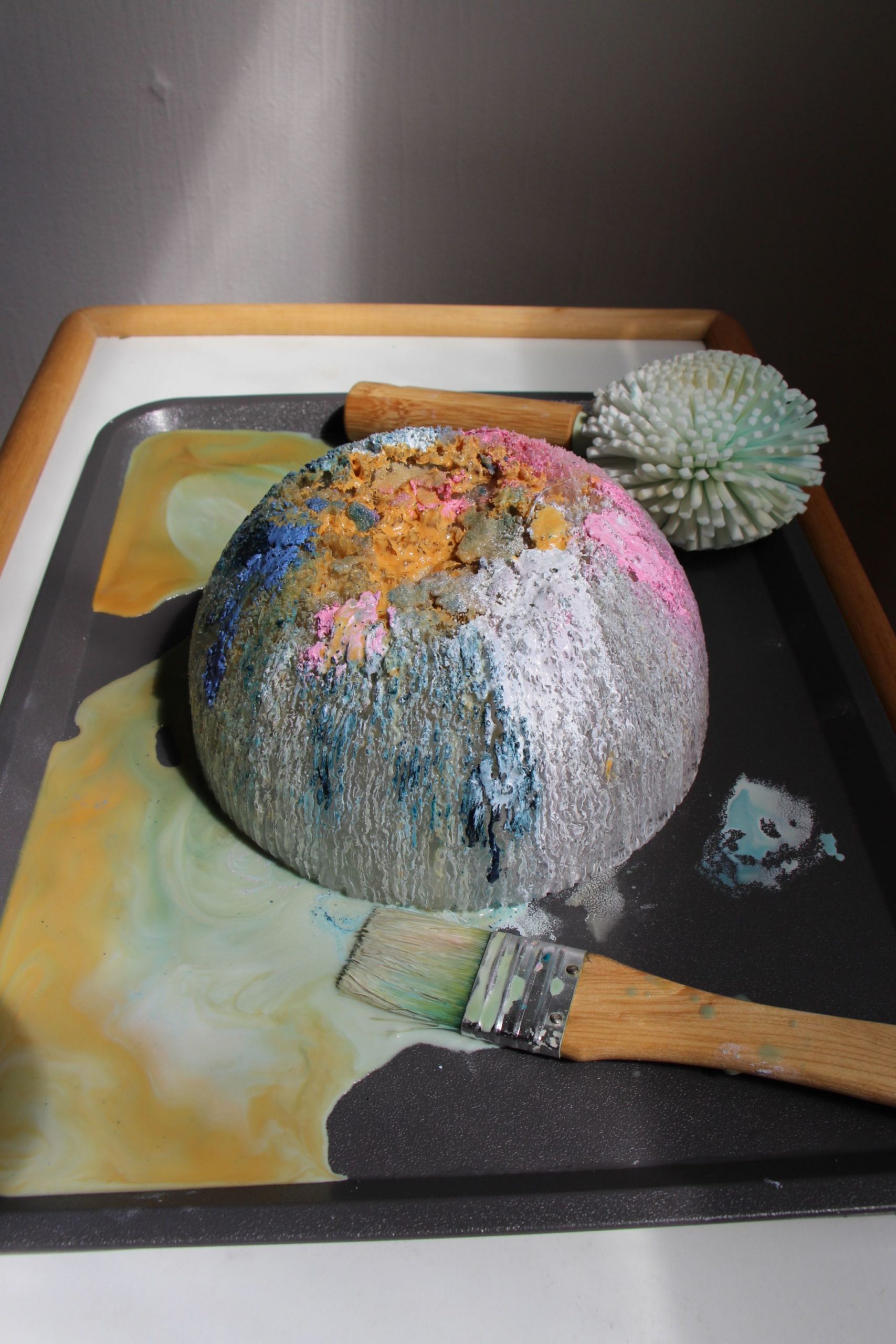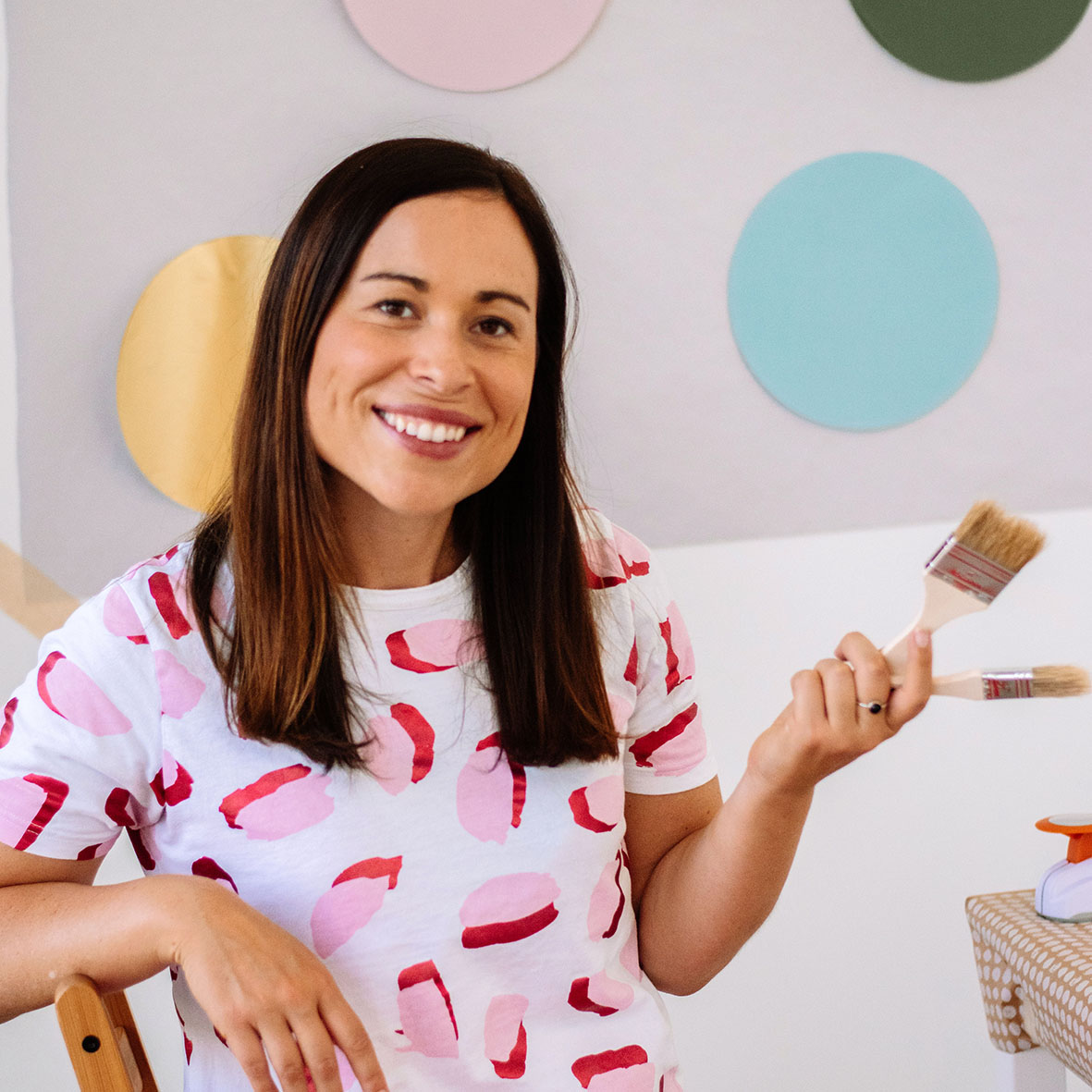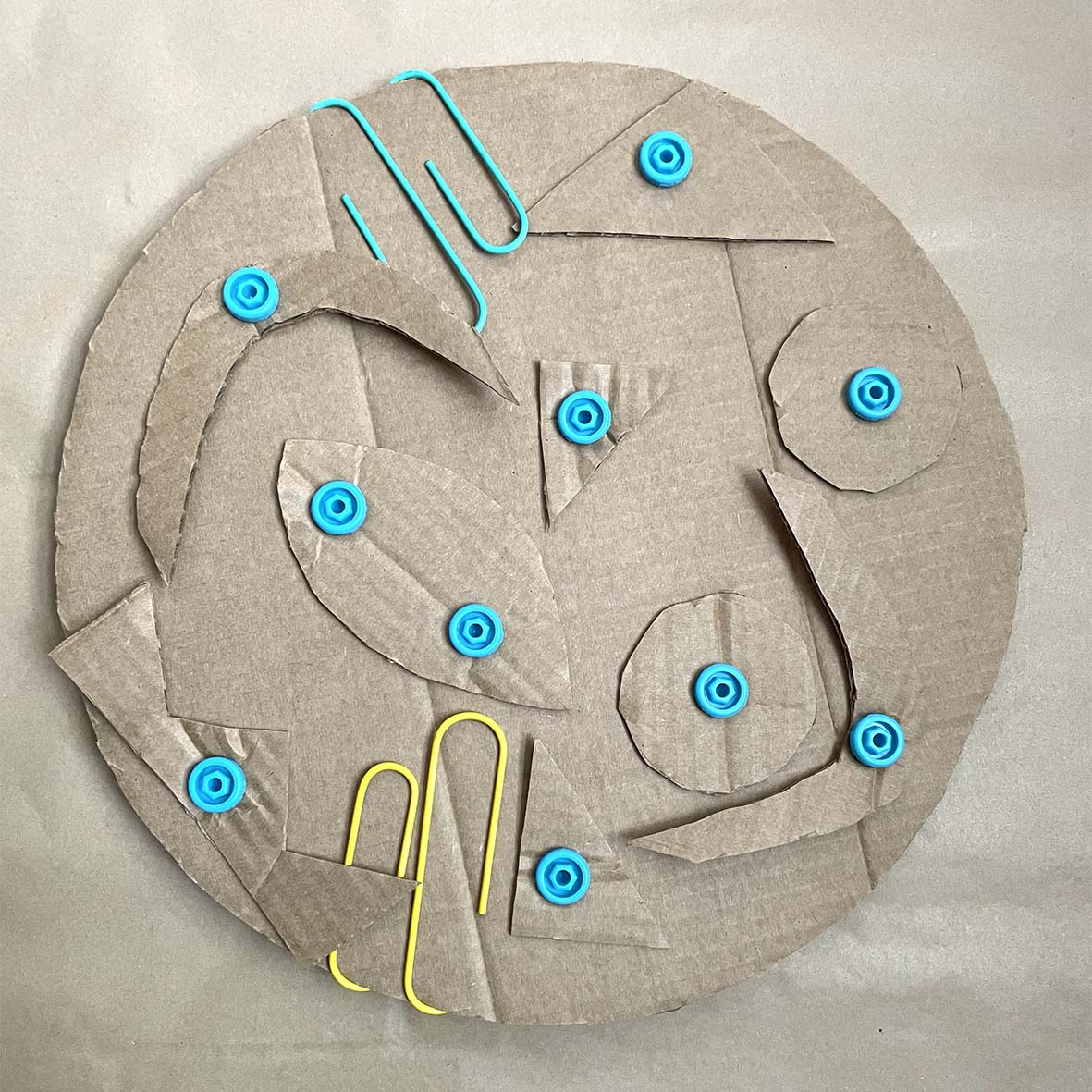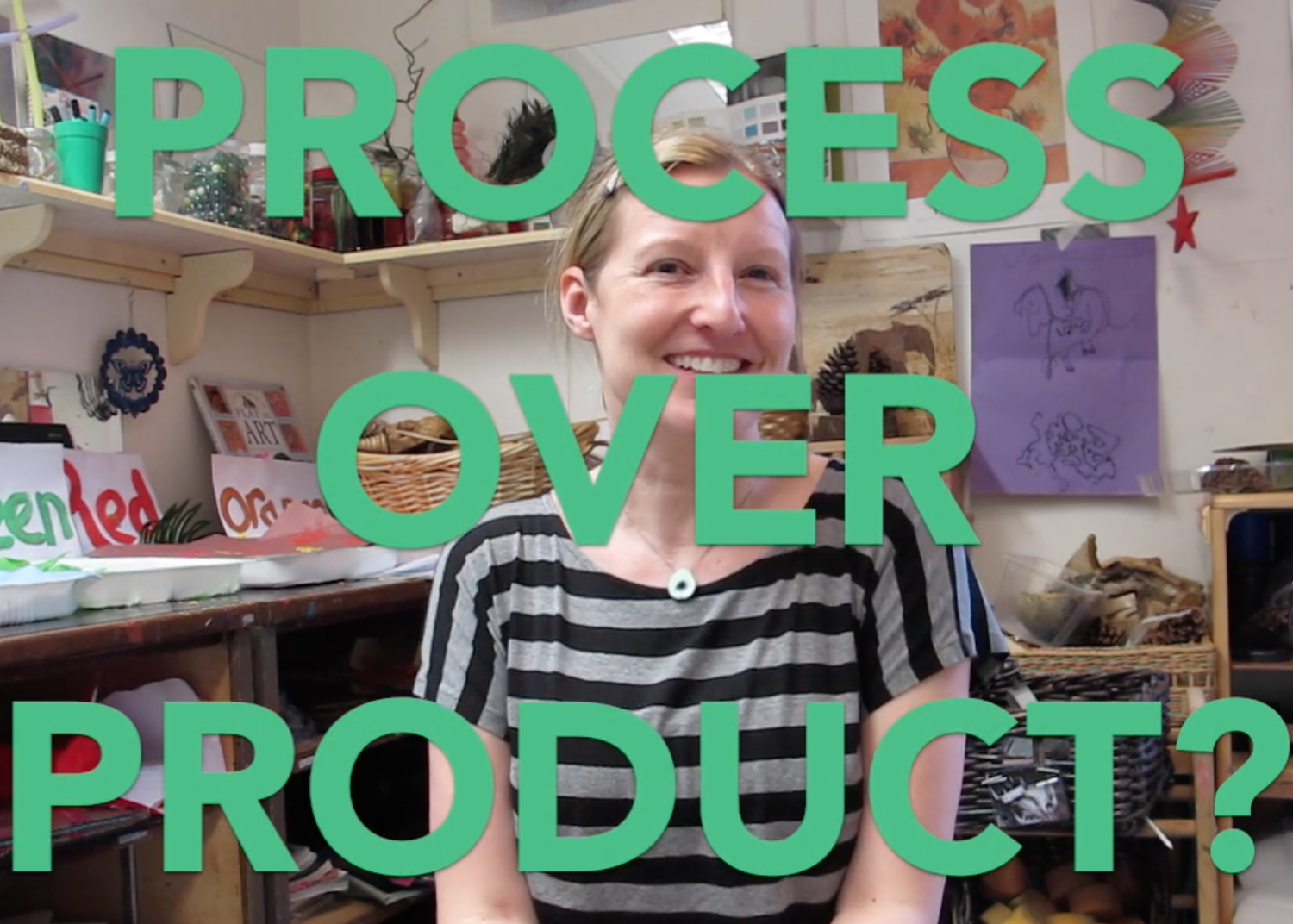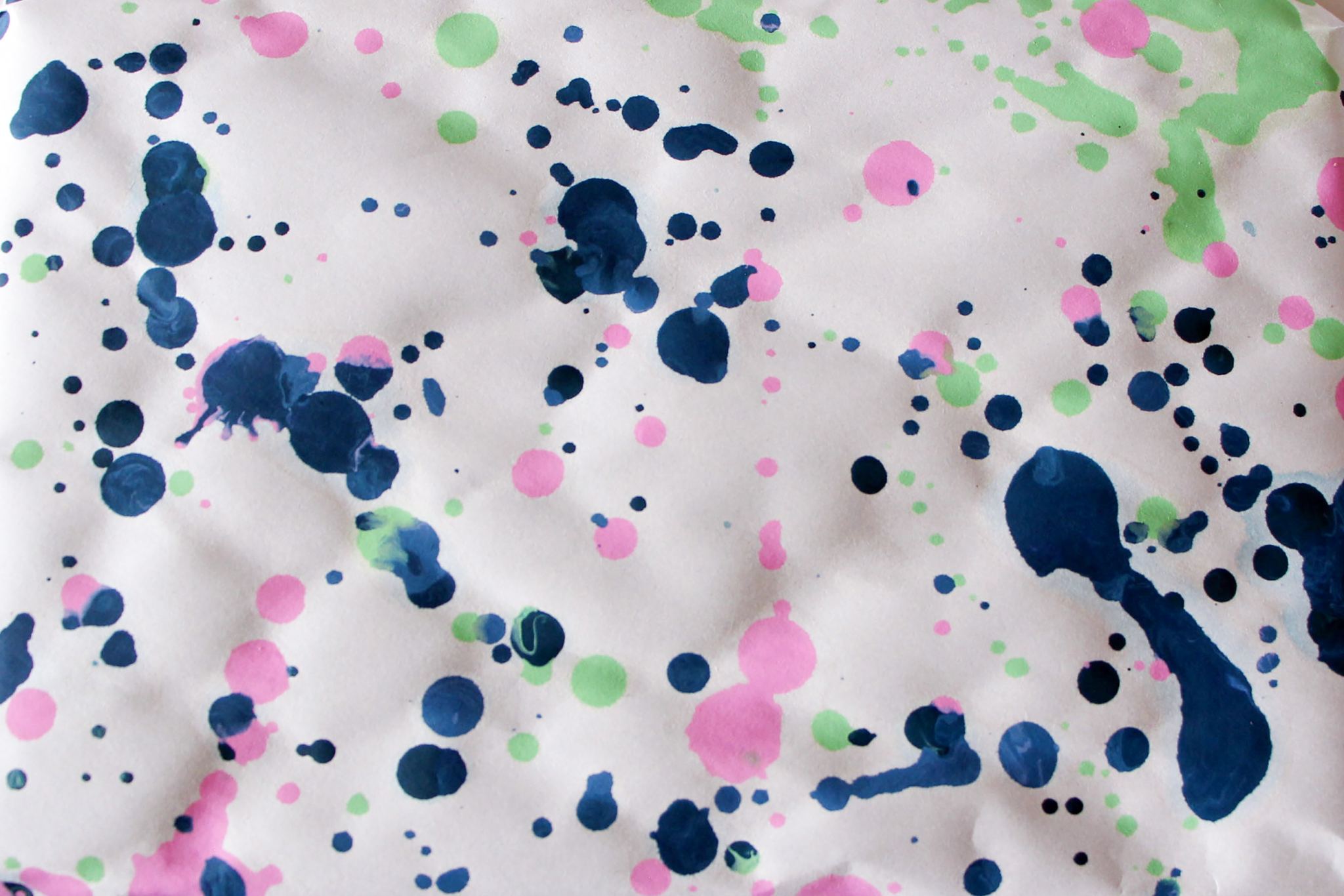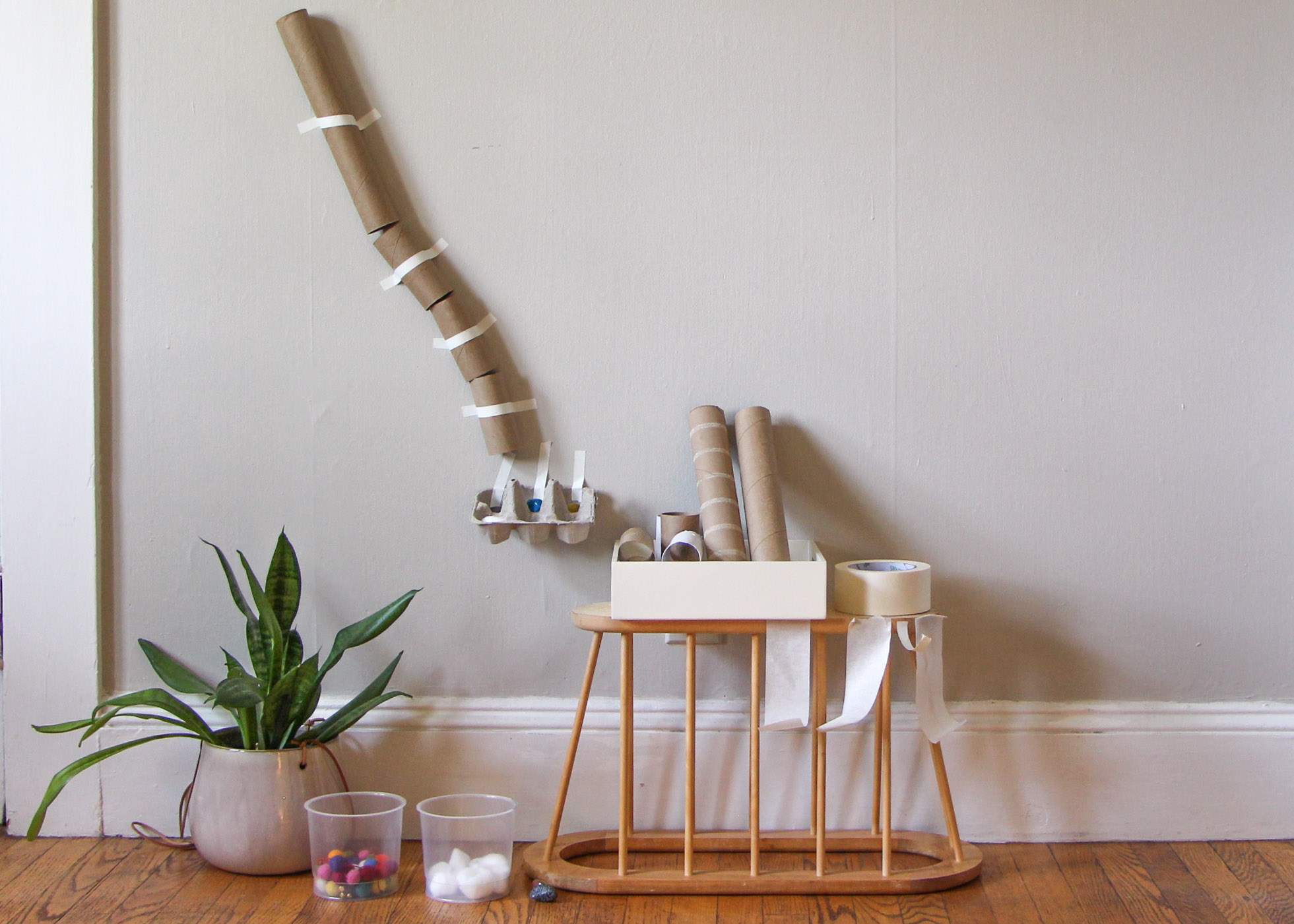Ice is such a fun material for kids to play with! It is easy to make and it changes form over time which means it is perfect for process-led art activities. In this post, I share how you can do your own melting ice sculpture at home with your little ones! Age range: 18 months + Preparation time: 10 minutes (ice needs to be frozen over night) What you need WaterSaltAcrylic paints or food coloringLarge Tupperware container or cake tin container to freeze iceLarge plastic tub or tray for kids to play with the ice inSmall containers (yogurt pots are perfect)Paintbrushes and kitchen utensils Additional equipment: Spray bottles for the paint, spice shakers, children’s toys to freeze in the ice and a camera to document the ice melting over time. Preparing the melting ice sculpture The night before you do the activity, freeze some water into the large Tupperware container…
Welcome to Art Play Children Learning
Hello, I am Dr. Louisa Penfold! I started Art Play Children Learning back in 2016 as a way to help parents do fun and meaningful art activities with kids. I currently work at Harvard University as a Post-Doctoral Researcher in Early Childhood Education. Check out the video below to hear what Art Play Children Learning is all about… This blog features ideas for how parents can integrate contemporary art into children’s lives. To find your way through the posts, I have created the following five directory sections: Kids art activities Family excursion ideas Tips for parents and teachers Amazing artists and educators Academic research A little about me Aside from nerding out on this blog, I also do some other things. I am originally from Melbourne, Australia but have lived overseas for many years. From 2015-2019 I was based in London while doing my PhD in art education. My doctoral research looked at…
Materiality, Creativity, and the Thinking Child conference
Photo: Experiments in Practice symposium at Tate Exchange. Image credit: Tate photography I am so happy to share that I will be one of the keynote speakers at the ‘Materiality, Creativity, and the Thinking Child’ conference next month (May 8-19, 2021). This online event has a fantastic lineup of early years specialists who will be presenting different talks, workshops, and panel discussions exploring the relationship between condition, creativity, and the material world. The conference is perfect for early years teachers and creative practitioners working with young children and families. I will be doing three events as part of the conference. The first is a talk titled ‘Materials as active participants in children’s learning’. This presentation is based on my paper ‘Material matters in children’s creative learning’ that was published in MIT’s Journal of Design and Science in 2019. I will also run two live workshops where participants will design their…
Make a cardboard assemblage
What is an assemblage? Assemblages are artworks made by gathering and constructing different materials and objects which are often scavenged by the artist from unusual places. This technique has been used by artists including Louise Nevelson, Robert Rauschenberg, Sarah Lucas, and Rosalie Gascoigne (pictured below). Assemblages are a great way for children to learn about composition, shape, 3D form, and texture. Young children can also develop their fine motor skills through handling tools such as plastic screws, paper clips, split pins, and scissors. In this post, I share how you can make an assemblage out of recycled cardboard at home! Rosalie Gascoigne, Lambing, 1991torn linoleum on plywood. 120 x 191 cm What you need to create your cardboard assemblage A large recycled cardboard box. If possible, source a few different types of cardboard such as correlated, paperboard, and food packaging.Split pinsMakeDo Cardboard Construction Kit. Purchase HERE.Paper clips. I brought jumbo…
Djerrkŋu Yunupiŋu: Art in childhood series
Image credit: Buku-Larrŋgay Mulka Art Centre This post is the second in a series that explores the childhood experiences of artists. In each post, a different esteemed artist shares their account of the people and experiences that inspired them to pursue a career in the field. The first post featured the story of Ben Quilty who shared his story of growing up on the outskirts of Sydney, Australia. This blog post features the work of Djerrkŋu Yunupiŋu. Djerrkŋu is an Indigenous artist based in Yirrkala in East Arnhem Land, Australia. Born near the Mata Mata community on Inglis Island, she is part of the Gumatj clan. Djerrkŋu’s art practices draws on weaving, healing, printmaking, and painting techniques to share ancestral stories. She was a finalist at this year’s National Aboriginal and Torres Strait Islander Art Awards in Australia. “Weaving ancestral stories” -Djerrkŋu Yunupiŋu’s story of art in childhood When I was young,…
Free printable quotes on art and education
I am so happy to share a new print-out that features thought-provoking quotes from inspiring artists and educators. The printable PDF resource includes five quotes, each beautifully laid out so all you have to do is print them out and stick them up! I came across each of these quotes over the past 10 years while working in children’s art education. Each one was diligently scribbled down in my notebook and dog-eared for a later date. That time is today! Here is some background of each quote: ‘The mind is like an umbrella. It is most useful when open.’ Walter Gropius Walter Gropius was an architect who was most famous for his role as the director of the revolutionary art school, the Bauhaus. Born in Berlin, he migrated to Cambridge, Massachusetts to work at the Harvard School of Design following the outbreak of World War 2. He is regarded as…
An interview with artist Lorna Rose
This post features a video interview with artist Lorna Rose. She talks about her approach to creative learning, like the importance of flexibility, multiculturalism, and inclusivity in education. We live in a world of great cultural, social, and political diversity. As the great art educator Maxine Greene said, the arts play an integral role in the growth of social cohesion by encouraging children to empathize with others from different background. This week I spent two days at the Lillian de Lissa Children’s Centre & Nursery in Birmingham (UK) working alongside their artist-in-residence, Lorna Rose. 90% of the children attending the nursery are from an ethnic minority, over half speak English as a second language. Of the 90 children in attendance, 28 languages are spoken! The nursery’s vision is for children to leave the center with a sense of curiosity about the world. Lorna Rose has been working as the artist-in-residence at the centre for over…
Make homemade wrapping paper
This post shares how you can make your own homemade wrapping paper using objects you likely already have in around your house! Homemade wrapping paper is a great activity to do with kids aged 3 years+. In this post, I share four options for how this can be done. Tools you need Acrylic or tempera paint A roll of plain paper (or another paper surface to print onto)A rolling pin (or a similar sized rolling object, like a drink bottle)A paintbrushBubble wrap Elastic bandsCling filmA lid or wine cork An eye dropper (these plastic ones from Lakeshore Learning are perfect). Alternatively, a spray bottle also works well. Option 1: Block Print Get your child to select a lid (or a similar small, flat object like a wine cork) to use as a stamp Apply paint evenly to the flat side of the lid. You could use a paintbrush to help…
Make a marble run
Marble runs are a classic kid’s activity, you may even remember making them yourself at preschool using pre-constructed wooden tracks! I love marble runs because kids can use their imagination, and problem-solve while unknowingly learning about concepts such as motion, gravity and force. This blog post shares how you can make your own marble run at home using recycled materials! Age range: 18 months + please note that marbles can be choking hazards for little kids Preparation time: 10 minutes What you need Cardboard rolls (toilet paper rolls work great)Recycled materials such as fruit packaging and yogurt containersMasking or painter’s tapeScissorsBowl or basket Marbles or marble alternatives such as cotton balls, pasta shells, felt balls or polystyrene ballsA blank wall or window Setting up the activity A marble run aims to keep the marble in motion for as long as possible. To start, use the tape to stick the first…


